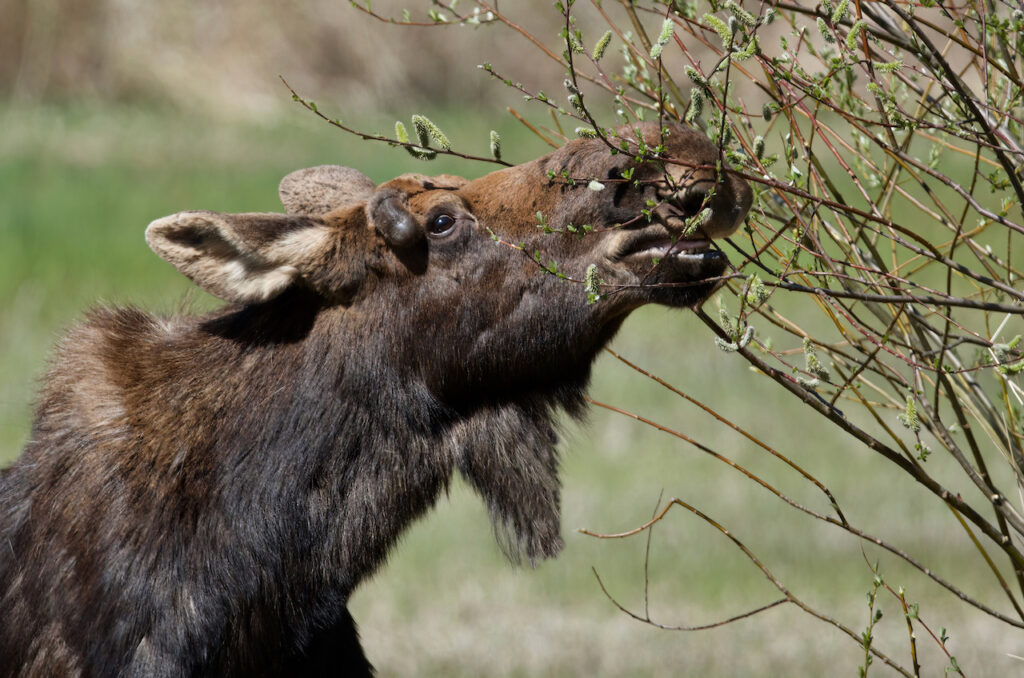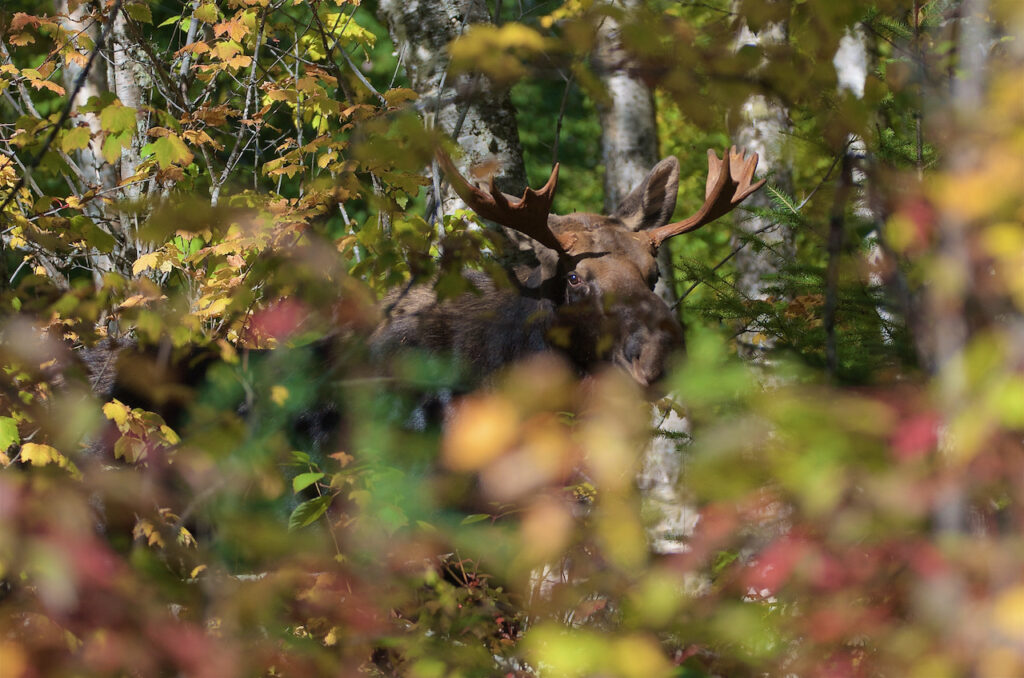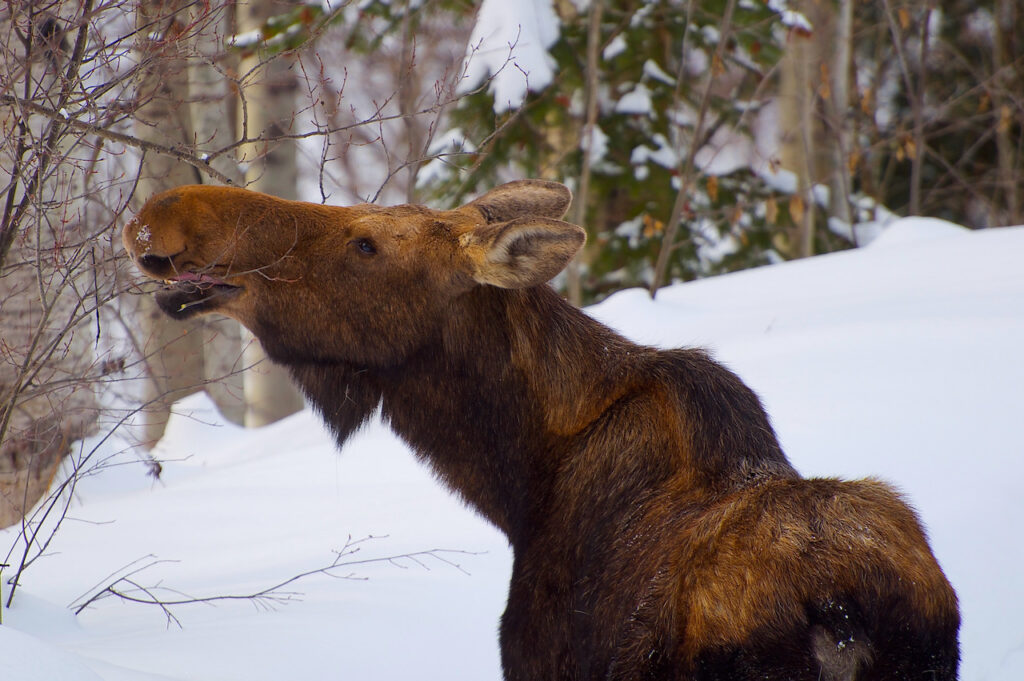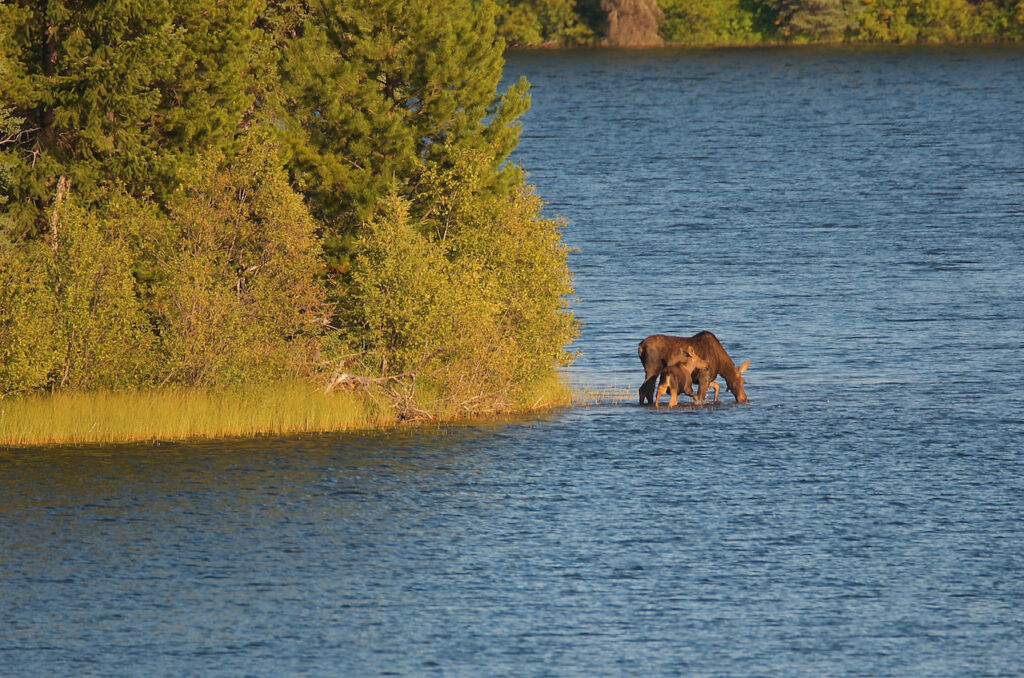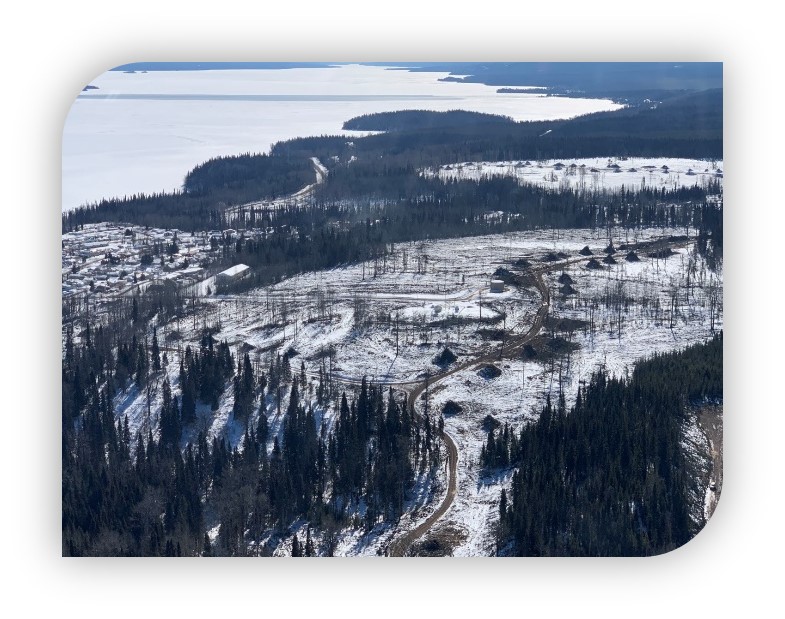Vanderhoof, B.C.: The Habitat Conservation Trust Foundation is proud to announce over $8 million in funding for 168 fish and wildlife conservation projects across B.C. this year, with over $300,000 allocated to projects in the Omineca region, and over $1M in the northeast.
For over 40 years, the Habitat Conservation Trust Foundation (HCTF) has provided grants to an extensive network of recipients who undertake conservation projects. With support from the HCTF, a wide range of nonprofit organizations, First Nations and Indigenous communities, Provincial ministries, and community groups implement projects that protect B.C.’s wildlife, freshwater fish, and their habitats. Since 1981, the HCTF has funded over 3,550 projects representing an investment of over $215 million for conservation in B.C.
“The many different ecosystems in British Columbia, and the wildlife they support, are vital to the quality and way of life for so many in this amazing province,” said Bruce Ralston, Minister of Forests. “From forests to rivers to oceans, better knowledge means better protection for the organisms that call these ecosystems home. The conservation work that FESBC and the Habitat Conservation Trust Foundation are doing is crucial to our ongoing understanding of B.C.’s unique, interlocking landscapes.”
Photo Credits: Greg Drozda.
Among this year’s projects in Omineca is a multi-year project to study the impacts of landscape changes on moose health. Currently in its first of three years (though building on a previous project) and led by the University of Northern B.C., the project will identify variables in moose habitat that are associated with their health and survival.
“Moose are a keystone species that play an integral ecological role in predator-prey systems, are culturally significant to First Nations, and economically important to the hunting and guiding communities in B.C.,” says project lead Heather Bryan. “Moose populations fluctuate naturally over time. In the last decade, however, moose populations in parts of interior B.C. have declined by up to 70%.” The research in this project will contribute to broader, provincially-led research by evaluating the role of climate and landscape change on moose parasitism, nutrition, and immune responses, and generate useful information for wildlife and forest management.
The project is being supported by the HCTF and the Forest Enhancement Society of BC (FESBC) with $80,662 in co-funding this year. According to FESBC’s executive director Steve Kozuki, “HCTF has some of the best expertise in wildlife biology and habitat management. That’s why FESBC is so pleased to collaborate with HCTF. Together we have improved wildlife habitat on numerous successful projects all around British Columbia. And we will continue to endeavour to assist wildlife to thrive and flourish for generations to come.”
HCTF CEO Dan Buffett is proud to work with FESBC in this partnership noting, “Through this collaboration, we can fund more work such as this project that will apply the knowledge learned to improve habitat and health conditions for moose and enable our project partners to deliver more conservation work that benefits wildlife, fish, and their habitats.”
Other HCTF-funded projects in the Omineca region include:
- $27,500 to better understand Stone’s sheep ranges through defining herd boundaries and habitat selection to monitor and evaluate population trends and habitat management options.
- $53,000 to restore habitat along 86 km of roads to reduce human and wildlife predator access within core habitat for the Chase caribou herd.
- $3,462 for mule deer monitoring and ground surveys in the Nechako Valley to provide current conditions and long-term data for management decisions.
Each project funded by HCTF goes through a multi-level, objective and technical review process prior to final Board review and decision. HCTF’s Board of Directors ensure that species important to B.C. anglers and hunters are supported but also place a great deal of importance on conserving whole ecosystems, species-at-risk, and investing in environmental education across the province.
FESBC would like to gratefully acknowledge the financial support of the Province of British Columbia through the Ministry of Forests.
HCTF Quick Facts
It is the mission of HCTF to improve the conservation outcomes of B.C.’s fish and wildlife, and the habitats in which they live. We make a difference by funding conservation projects and by educating and engaging the public about B.C.’s natural assets. For over forty years, HCTF has been helping conservation groups and individuals secure funding for conservation projects and providing education to the public about B.C.’s important natural assets. Since 1981, HCTF has provided over $215 million in grants for over 3,550 conservation projects across B.C.


